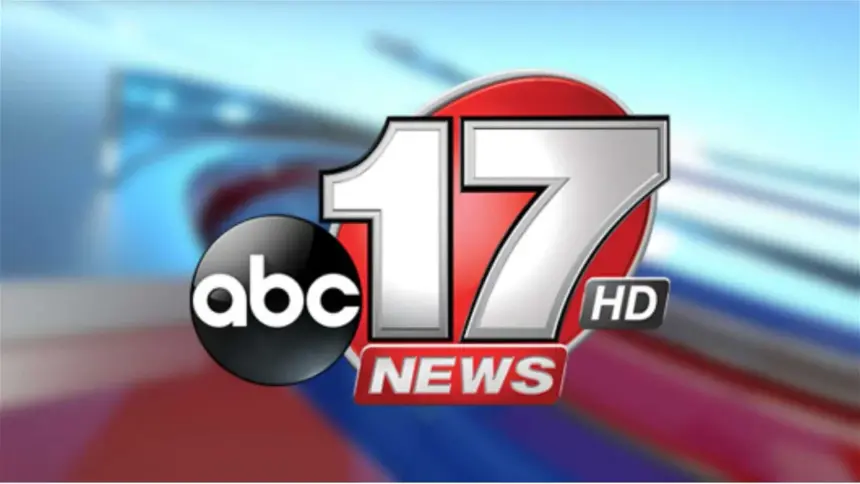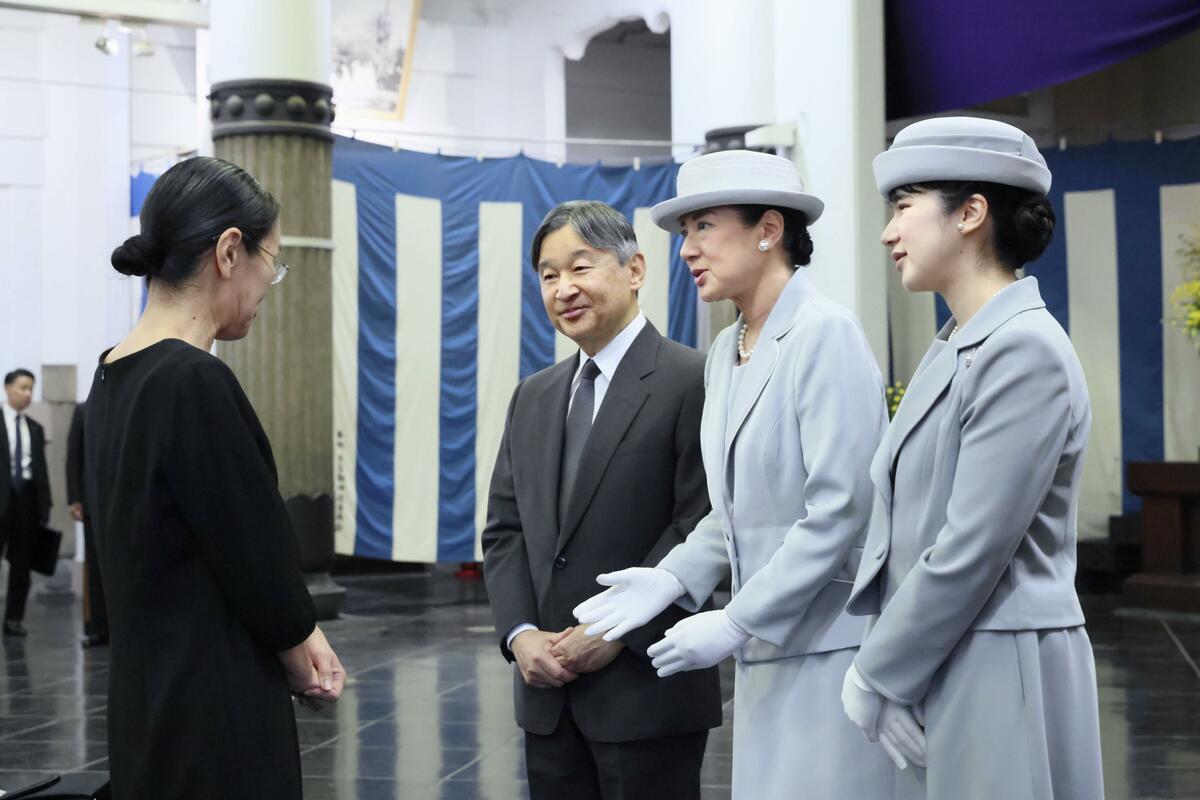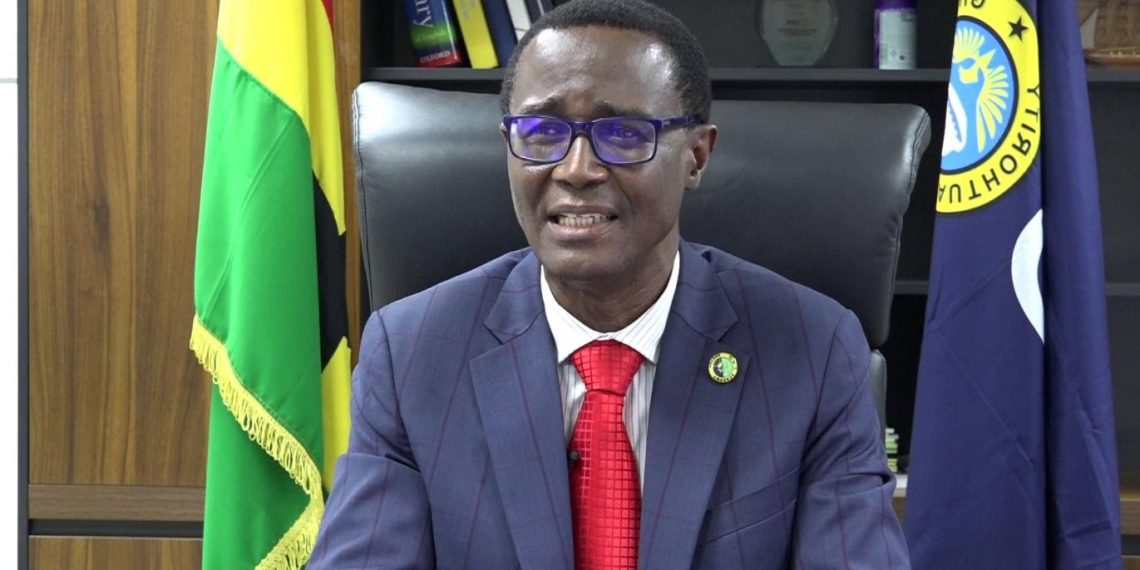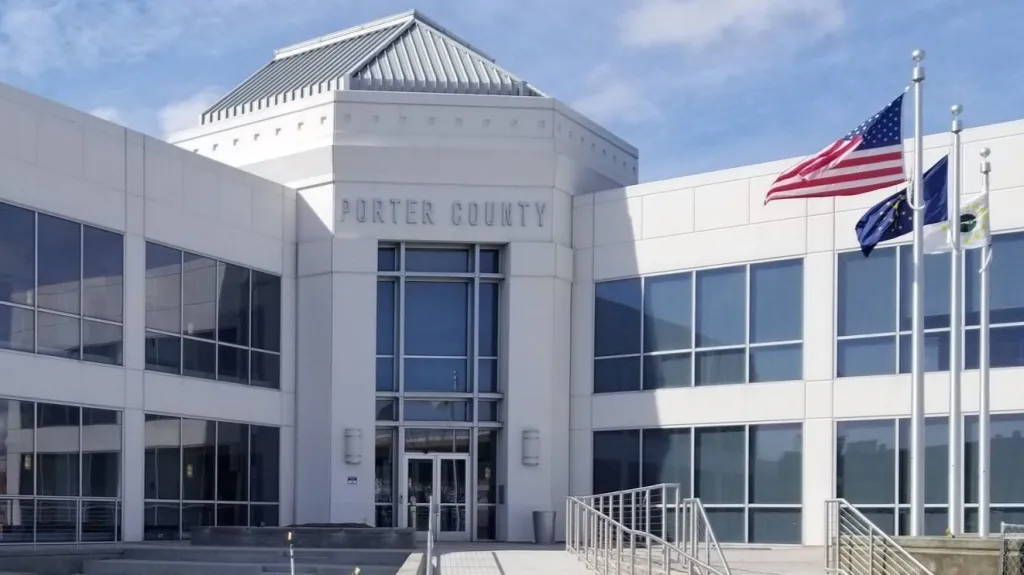Copyright Cable News Network
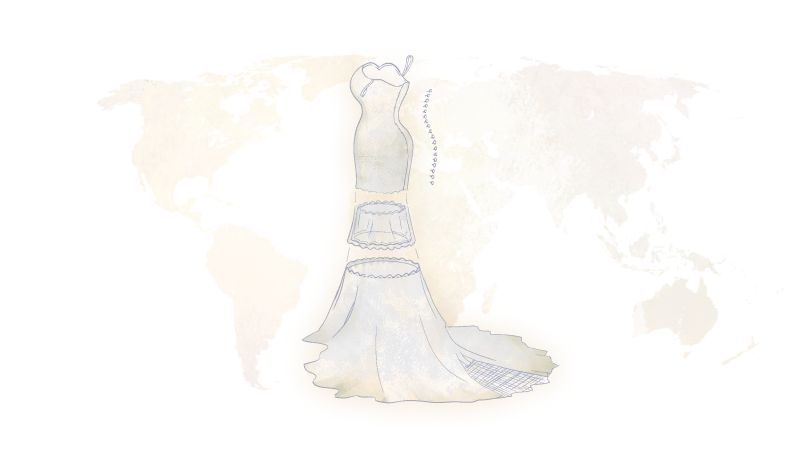
Weddings can be expensive and stressful. But this year, prospective brides and grooms are dealing with an added layer, and it’s not cake. It’s tariffs. Two million weddings take place in the United States every year, but they are very much an international affair. From the engagement ring to the cake, chairs, florals and the dress, all these items are touched by tariffs. Even those carefully crafted in the United States can contain multiple components from around the world. President Donald Trump’s trade agenda isn’t helping the average cost of a US wedding, which has risen by 18% to $33,000 over the last five years, according to The Knot, a global wedding planning and vendor marketplace. With tariff rates as high as 50% for some countries, you can expect costs to rise. Vendors are “forced to make tough calls about whether to absorb increased costs or adjust their pricing, all while maintaining the level of service and quality their clients expect,” said Raina Moskowitz, CEO of The Knot Worldwide. One in five vendors have increased costs because of tariffs, according to the Knot, and 33% of engaged couples say they’re worried about price increases. The Dress Beyond the bride, the dress is the star of the show. Wedding dresses cost about $2,100, according to the Knot, which are often ordered and paid for more than a year in advance. That means that by the time the dress arrives (often shipped from overseas), tariff rates can change. “That dress that we agreed to a price with the shop on is all of a sudden costing us 30%, 40% more,” said Justin Alexander, president of the 79-year-old brand Justin Alexander Wedding Dresses. The family-owned dressmaker sells 70,000 dresses each year, with 40,000 sold to US brides. The company manufactures in Myanmar (40% tariff), China (20%), Vietnam (20%), and Portugal (10%). “We’ve been diversifying our production out of China, but recent developments with higher tariffs in countries like Myanmar have been confusing and challenging,” said Alexander. But the added cost doesn’t just depend on where the dress is manufactured. Many of the materials in a single garment, like the lace, lining and tulle, could be sourced from multiple other countries, all with their own tariff rates. Alexander said it would difficult to shift dress and material production back to the United States because of higher labor costs and the lack of manufacturing at scale. It would also end up raising costs for brides by eleven to fifteen times in terms of price. Brides in the market for a Justin Alexander gown can already expect to pay 10% more. “The price has been increased because we have a tariff surcharge to account for the increase in tariffs varying from 20% to 40%,” said Alexander, who said the company absorbs the rest. The Cake Wedding cake orders are often placed later in the wedding planning process, sometimes just three weeks before the event, and can cost $540 on average, according to the Knot. Armana Christianson is the owner and cake artist at A. Cakes Bakery in Phoenix, Arizona. She bakes 100 high-end cakes each year that can cost anywhere from $800 to $1000. Christianson said one cake can have up to a dozen ingredients – all sourced from different countries with varying tariff rates. So she’s introduced a new contract to make sure she’s protected from fluctuating prices. “If my pricing raises more than 5%… then I’m able to tell my clients and potentially charge them for that increase if it’s something just exorbitant,” said Christianson. She said it’s dizzying to keep track of all the tariff rates, which for her ingredients can range up to 20%. “I’m raising and readjusting (my prices) every six months,” said Christianson. “My percentage booked from inquiries just goes down a little bit more each time, which is why I would prefer to not have to change my pricing. So often it is scary as a small business owner, this is my living.” Diamonds and precious gemstones Before ‘I do,’ comes ‘yes!’ The engagement ring signals the official start of wedding planning. Engagement rings currently cost about $5,200 on average, according to the Knot. Jewelers said couples are getting increasingly creative with their rings, opting for precious gemstones and lab-grown diamonds, but many still look for traditional diamonds. Many of the stones and rings that couples see in stores have likely been in the United States for at least six months. That means the current stock is mostly tariff-free, but that inventory is running thin. “Everything new coming in is going to incur (a) tariff. Consumers that are buying in January of 2026 are going to see a lot higher prices than people that are buying today,” said Ankur Daga, co-founder of Angara Jewelry, a Los Angeles-based company. A solitaire diamond ring at Angara, for example, is sourced from Botswana and carries a 15% tariff. The gold could be from Indonesia or Chile, which carries tariffs of 19% and 10%, respectively, or the US or Canada, which may not carry any duties at all. Angara sources its sapphires from Sri Lanka (20% tariff), rubies from Mozambique (15% tariff), emeralds from Zambia (15%) and Colombia (10%), and opals from Australia (10%). But the majority of all diamonds – 90% – are cut and polished in India, which holds a towering tariff rate of 50%. That’s why Angara now does all final manufacturing for its US market out of Thailand, not India, so stones coming to the United States carry a lower 19% tariff rate. Yet Daga believes there is still a market for affordability. “What tariffs will do is drive the adoption of lab-grown (diamonds) far faster. It’s already at 57%, for engagement rings. We think within five years, this will be 80%,” he said. The Flowers Floral prices can be one of the most volatile in any wedding. Eighty percent of all cut flowers are imported to the US, and a flower market may sell roses at different prices from each day to the next. Add in changing tariff rates, and it gets complicated for vendors. “That’s been kind of the worst part, just nailing down the consistency of it and nailing down what to expect and how to protect myself and my business,” said Marie Lewis, the owner of Nocturne and Bloom, a floral design studio in Los Angeles. Couples spend $2,700 on average for florals, according to the Knot. One bouquet or arrangement likely has several types of flowers, each sourced from different countries. Even the vases and candle holders have gone up in price. Lewis buys hers from China. “What I’ve been doing is just trying to pad the pricing a little bit more within each floral arrangement,” she said. “That makes sure that I’m charging for my services and materials appropriately so that I’m not left in the hole, but also making sure that I am being appropriate with my clients.” Venue and event design After all the planning and anticipation, the big day is here. The venue which hosts the event can cost couples an average of $12,000, according to the Knot. Rentals cost an additional $2,000. It’s currently the busy season for the Treasury Venue Collection in St. Augustine, Florida, which runs from October through May. The company hosts up to 300 weddings a year at its two locations. The Treasury Venue Collection hasn’t had to raise prices this year, partly because it identified where the tariffs would impact costs most. This summer, the venue stockpiled popular imported liquor, wine and champagne. “Alcohol, that is our vulnerable item,” said Brandy Boulette, the general manager at the Treasury Venue Collection. “We didn’t necessarily have to worry about our venue cost changing, because it’s kind of a fixed thing, but our bar service was going to be something that was definitely impacted.” A venue typically provides linens, chairs, glassware, and cutlery, which are purchased in bulk and reused wedding-to-wedding. But those items often have to be replaced because of wear and tear. “We’re telling people right now with anything they might have been budgeting for – put a buffer in there,” said Boulette. Some venues are just a raw space, and it’s up to the couple to bring everything else in. They often rely on event design companies like Paisley & Jade in Richmond, Virginia, that specialize in luxury rentals and custom designs, to help. “Even building a simple shelf for a back bar really involves all of these bits and pieces from all over,” said Morgan Montgomery, co-owner of Paisley & Jade. A custom venue design may have pendant lights and chairs from China, or a custom cake table of materials from New Zealand, Malaysia, and Canada. And special-order items that aren’t already in inventory come at a premium. “I won’t guarantee a price. I can give you a ballpark, but I will not lock it in because my business cannot be on the hook for telling you that I can get you this sofa for $1,200 a piece, only to find out that the tariffs jumped by the time I placed the order,” said Montgomery.
